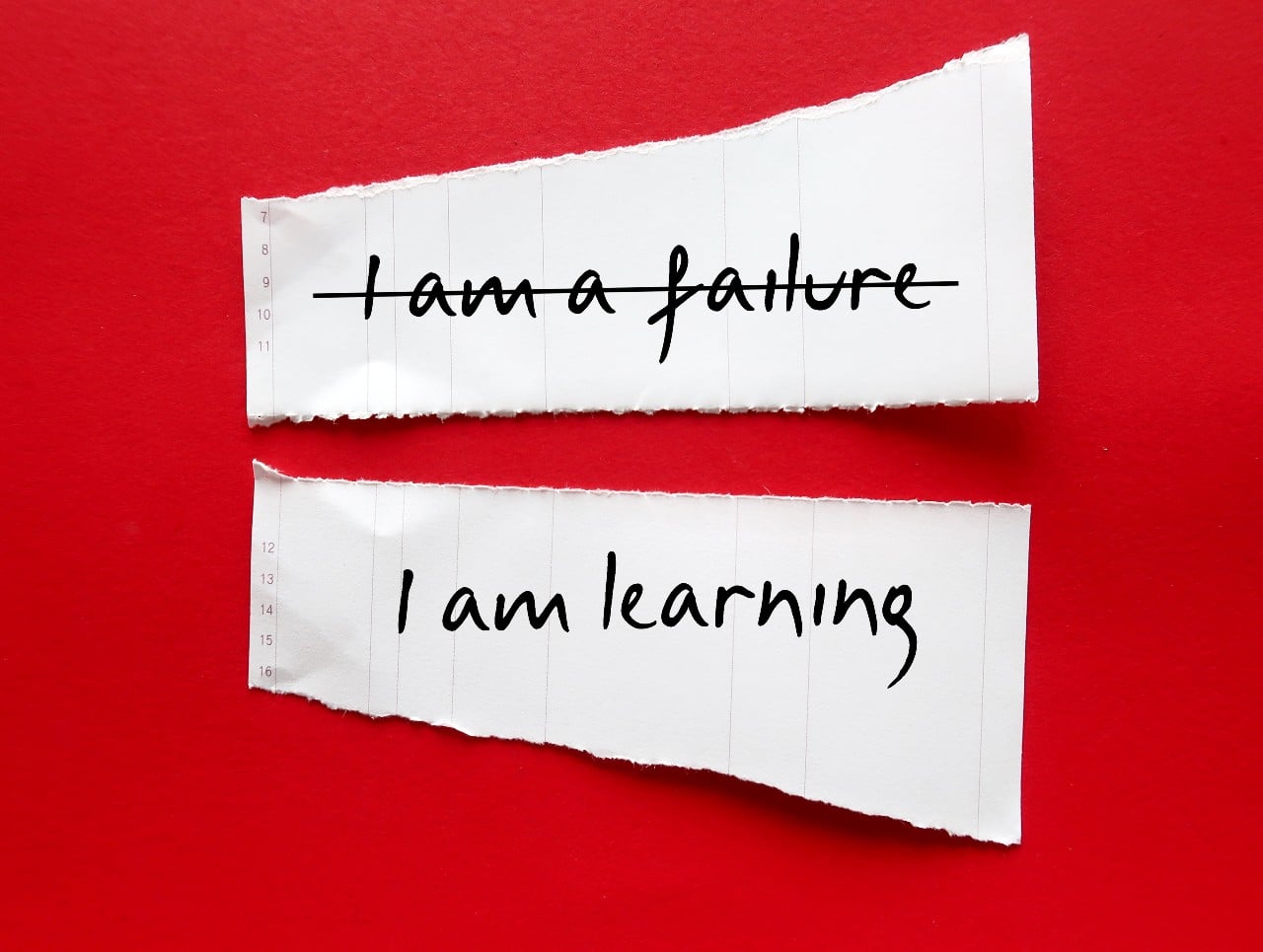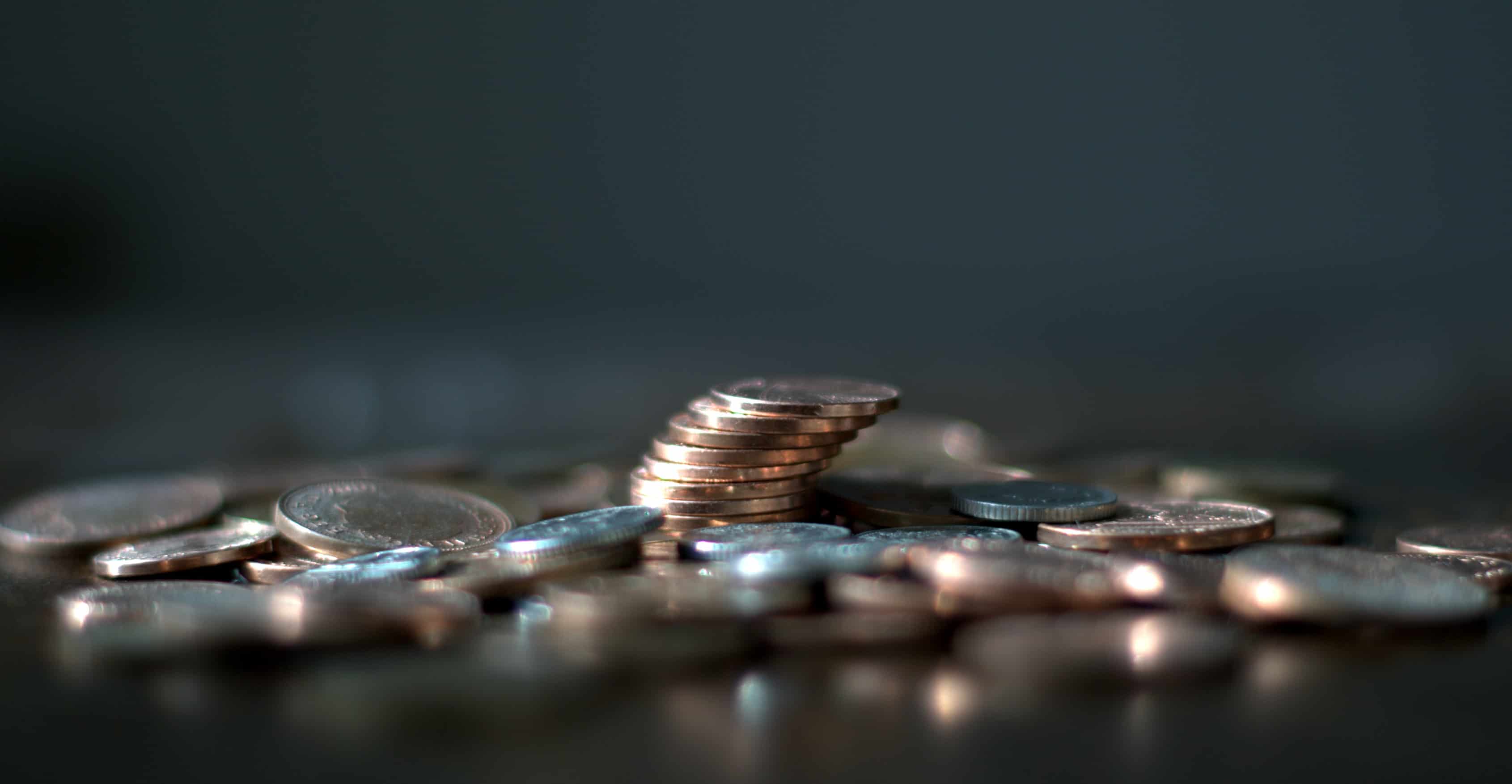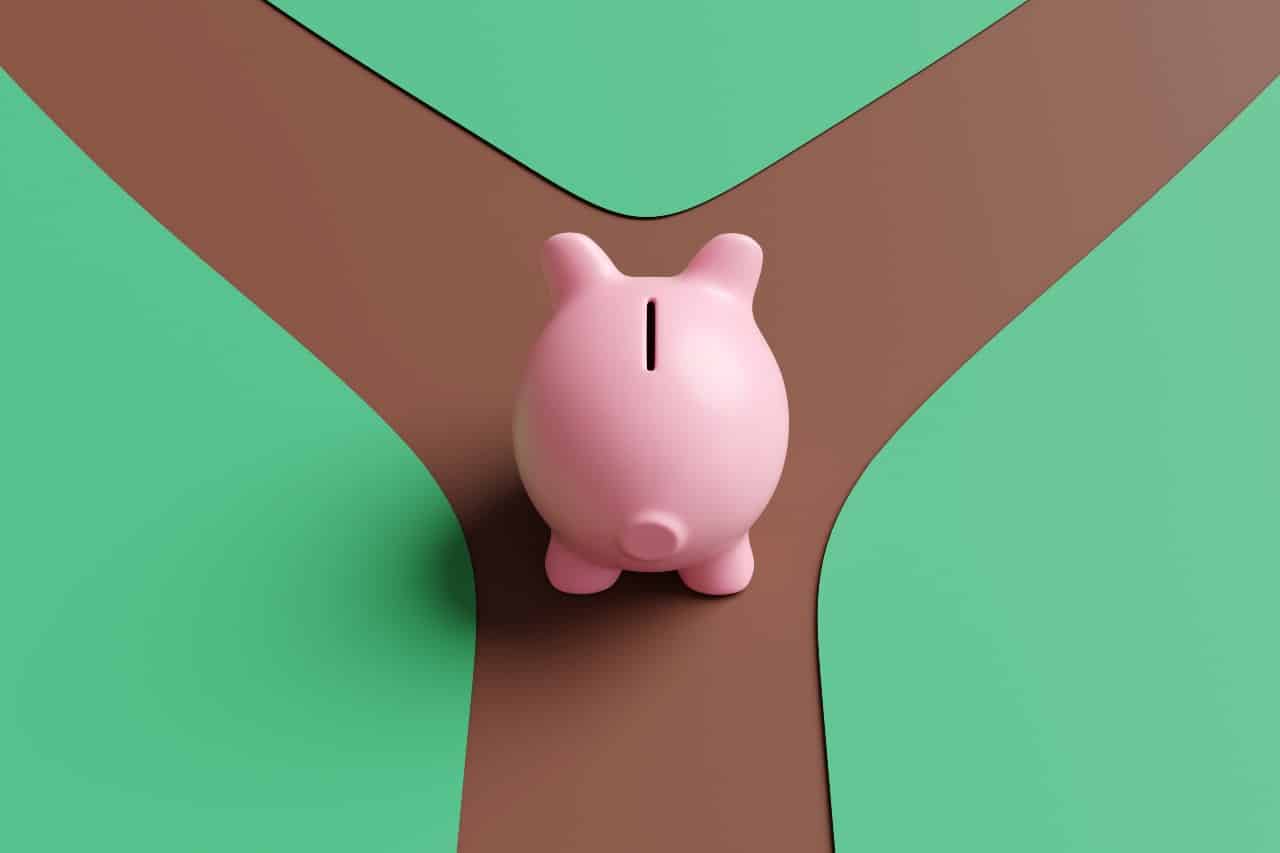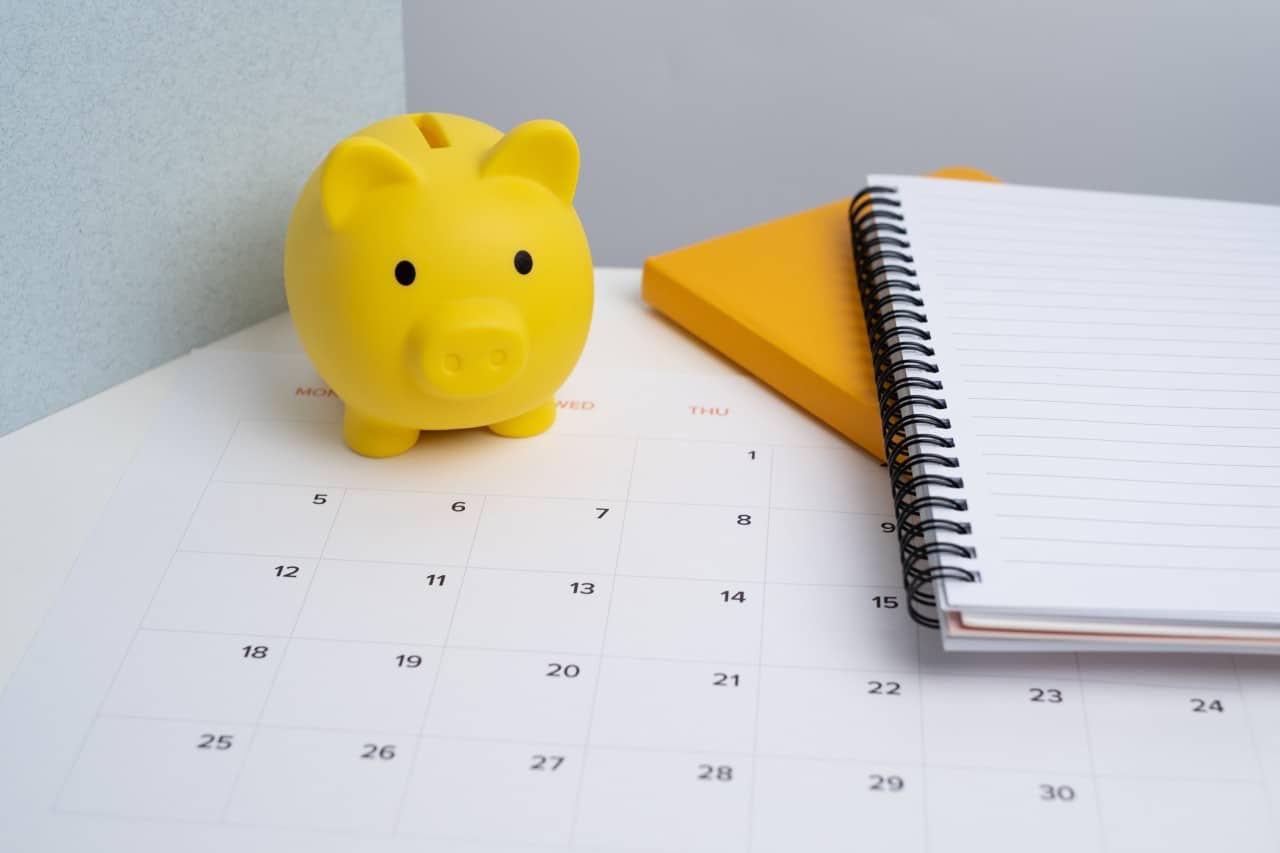The COVID-19 pandemic has taught us life can be unpredictable. Having funds set aside for unexpected emergencies such as medical bills, car repairs, or job loss is crucial. That one simple act of having an emergency fund can help save you from a financial crisis. However, saving money while paying off loans and credit card balances to avoid debt collection can be challenging.
Make sure you understand your financial situation before spending on extra things.
Here are the steps:
Step 1 – Gather the Data
To get started you’ll want to bring all your financial information together so you can reference it. As best you can, gather all the documentation for the last three months for the categories below.
- All your sources of income. This includes everything from monetary gifts to commissions and refunds.
- Any savings and investment accounts.
- Bills, like rent, food, utilities, credit card bills, and medication.
- List your debt instruments in order of interest rate, from highest to lowest. Beside each debt write the balance owing and the minimum payment required.
- If there are any big things you absolutely need to buy listed them out with the cost associated.
Step 2 – Compare Debt vs Saving
Compare the interest rates on each of your debts to potential investments. This will help you decide whether to pay more than the minimum on your debts or save.
Typically, while in debt, you’ll want to prioritize debts with a higher interest rate over saving. On the other hand, lower-rate debts, like secured debt, are less of a priority over saving. Why are these generally the best decisions? It’s all about the interest rate.
For example, let’s say you have:
- A mortgage with a 2.5% interest rate
- A credit card with a 20% interest rate
- A savings account with a 5% interest rate
Using these rates, any extra money would be best put to paying off your credit card before saving. Even though putting money into savings will earn your interest, it’s not nearly as much as what you’re paying out by keeping a balance on your credit card. By paying off you’re credit card first you’re maximizing your money’s impact.
It’s the reverse when looking at whether to save or pay down your mortgage. You will earn more money by putting money into savings than what you’re paying out in interest on your mortgage.
There’s one exception to these rules. If you have no emergency funds you should save first. Get at least $1000 in a savings account so you can cope with any unexpected emergencies that come up. While, as you’ll see below, having more than that as an emergency savings is ideal, it’s enough until you pay down the higher-interest debt.
One last thing to consider before deciding whether to save or pay down debt. Take advantage of tax deductions on your student loans or other debt. The bigger tax return can then be used to pay off debt. This way you are saving and paying off debt at the same time.
Step 3 – Set your Goals
Now you are ready to set some financial goals. Here are some tips to follow
- Always pay at least the minimum amount due on your debts. This will help protect your credit score and avoid late fees and extra interest charges.
- Saving a buffer fund is a great place to start. Put any extra funds into it and then leave it there and pretend it doesn’t exist. This will give you peace of mind and allow you to focus on your savings goals.
- Once you’ve got a healthy buffer fund (3-6 months of expenses) put the extra towards either your debt or savings. Whichever you’ve found the better options in Step 2.
- When you are no longer in debt, you’re free to focus on other goals. This can include saving for your child’s education, a house, a vacation, or anything important to you.
Step 4 – Make a Budget
Follow these straightforward steps to make a basic budget:
- Calculate your monthly income. Your monthly income includes what you make at your job and any other sources of money. Other cash flow sources may consist of tax refunds, bonuses, or side jobs.
- Calculate your monthly expenses. This includes things like housing, transportation, and food.
- Subtract your expenses from your monthly income. The remainder can go to your debt or savings.
Step 5 – Review Progress Regularly
If you want to save money, it’s important to spend less than what you earn. To track your spending, consider using a journal or an app. Your bank or third-party providers can offer you apps to manage your expenses.
Tips for Paying off Debt
Debt relief doesn’t have to be hard. A few of the most common and effective methods include:
Avalanche
The avalanche method pays off debt with the highest interest rate first. You pay the minimum on all debts but put any extra money towards the highest-interest debt. Paying off your first debt might take longer, but you’ll save money on interest charges in the long run.
Snowball
Another way to reduce debt is through the debt snowball approach. This involves paying the smallest debt first. You make minimum payments on all debts and then put the extra money toward the one with the lowest balance. Paying off a small debt can provide a sense of achievement, which can motivate those struggling with debt.
Other Methods
Consolidation loans can be financially beneficial. The loan typically offers lower interest rates than credit cards, allowing you to pay off your debt faster.
A balance transfer is when you transfer your credit card debt to a plan with a lower interest rate. Talk to your current provider or switch to a new one.
A debt management program can help by reducing your credit card interest drastically, often even to zero. This means all the money you put toward your credit card bill will have much more impact and will get you out of debt sooner. It also has less impact on your credit score than other debt relief alternatives.
Tips for Saving More
Here are some tips to start and grow your savings:
- Shop around for a savings account. Savings accounts give a bit of interest on your deposit, but the rates differ. Look for accounts with better rates, which can accumulate over time as your savings increase.
- Avoid temptation. To save money, prioritize spending on what you need rather than what you want.
- Save money on your groceries. You can save money by buying fresh produce and raw ingredients instead of pre-packaged meals. Many grocery stores have free rewards programs that offer deals.
- Cancel unused subscriptions. Having too many monthly subscriptions can waste money. If you haven’t used a subscription in a month or more, consider cancelling it.
- Check out government programs. There are many government programs that offer financial support.
- Employer match, Check if you can get money from your employer by contributing to your retirement savings plan. Your employer may match your contributions, which means you get free money. Ensure you understand any conditions.
- Automate. You can save money by setting up automatic transfers from your paycheck to a savings account, TFSA, or RRSP. Decide on a percentage, such as 10% of your monthly income, and have it transferred automatically. This makes saving effortless and allows you to spend the rest of your money on your needs.
Conclusion
To pay down debt and save money, first decide on your goals. Then, track your monthly expenses, create a budget, and check your progress regularly. Need help with debt management or dealing with a collection agency? Talk to our certified credit counsellors. They can offer guidance on managing your finances and achieving your goals.









